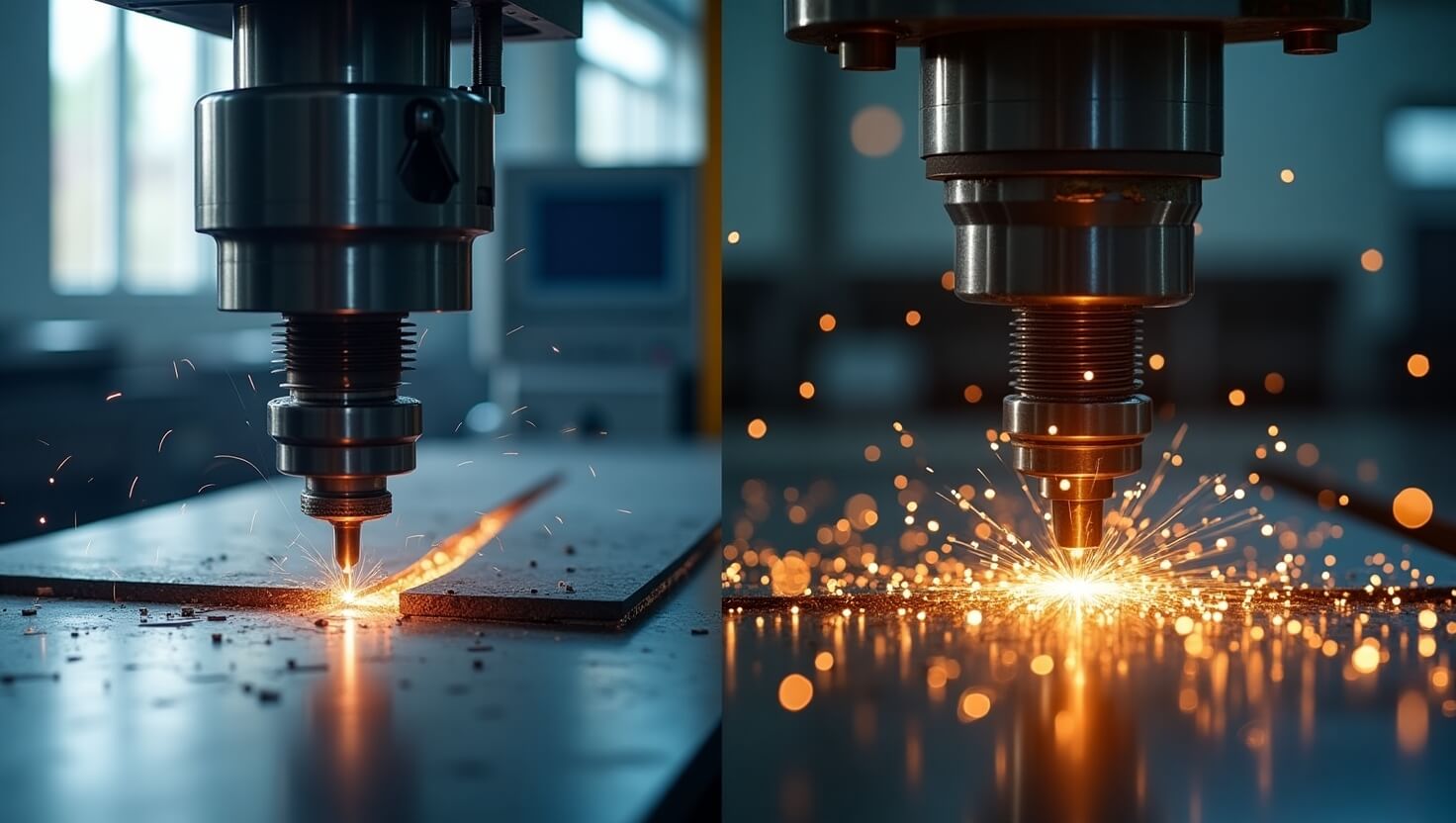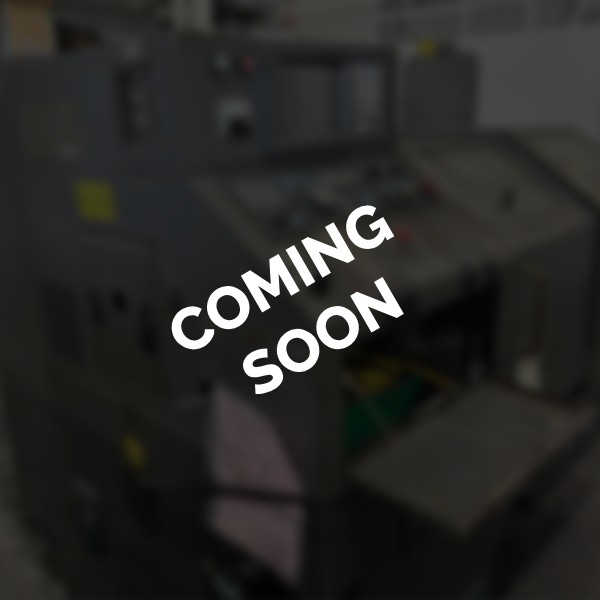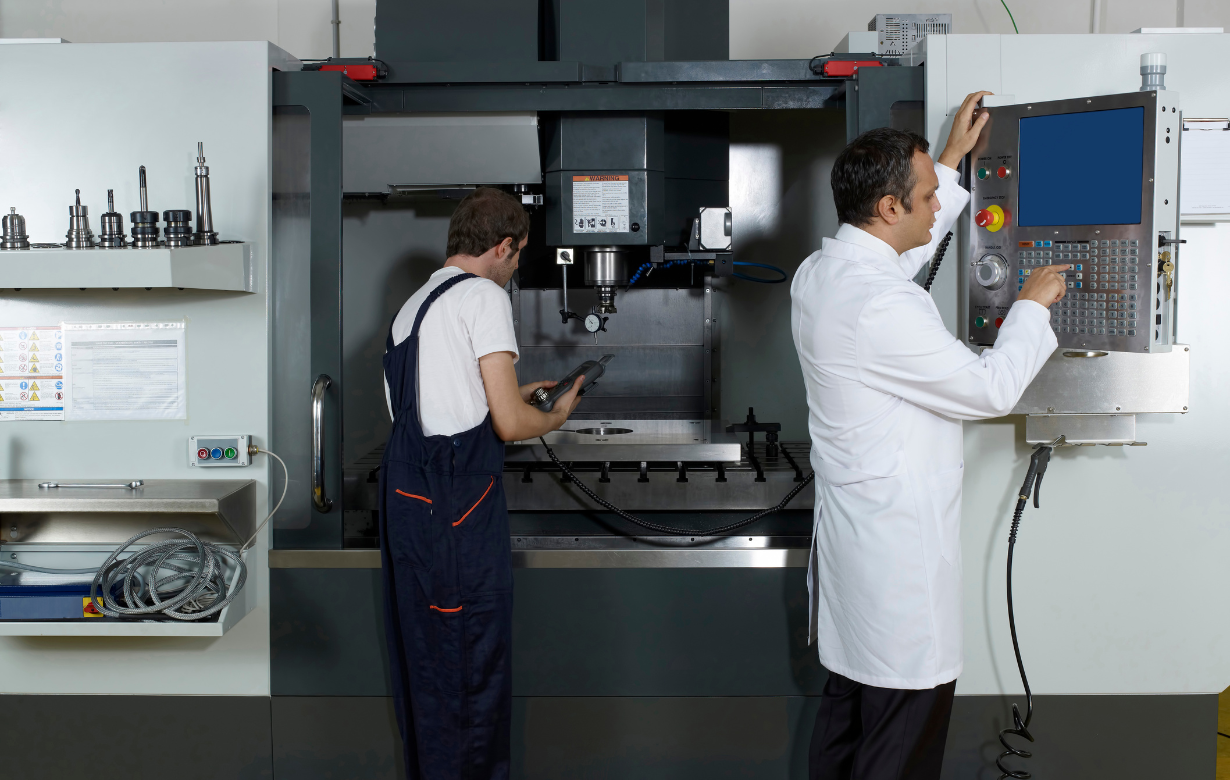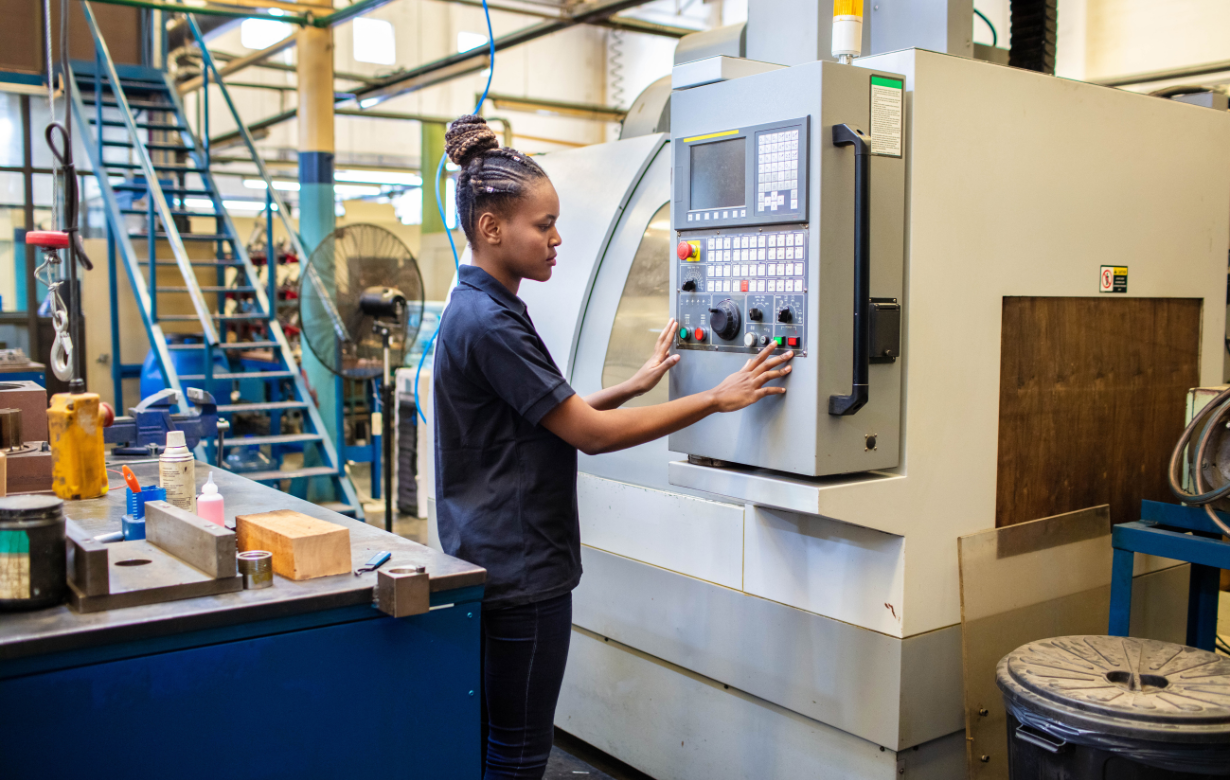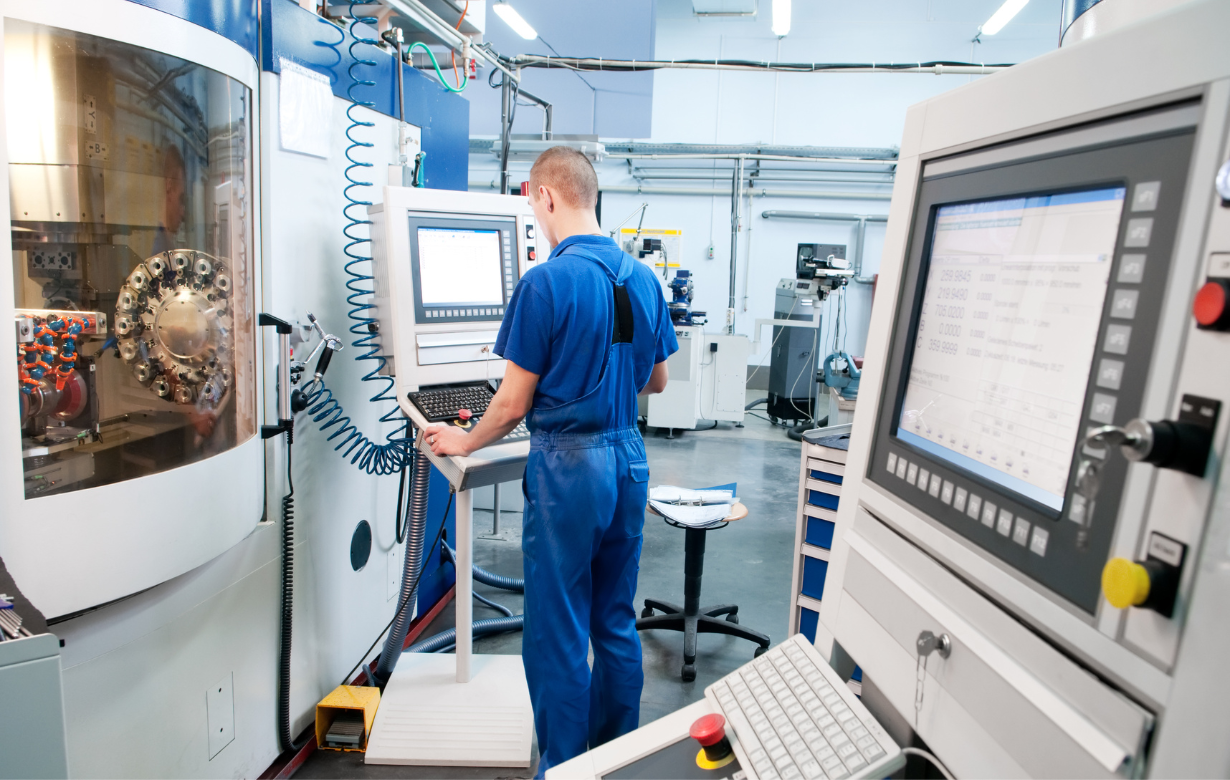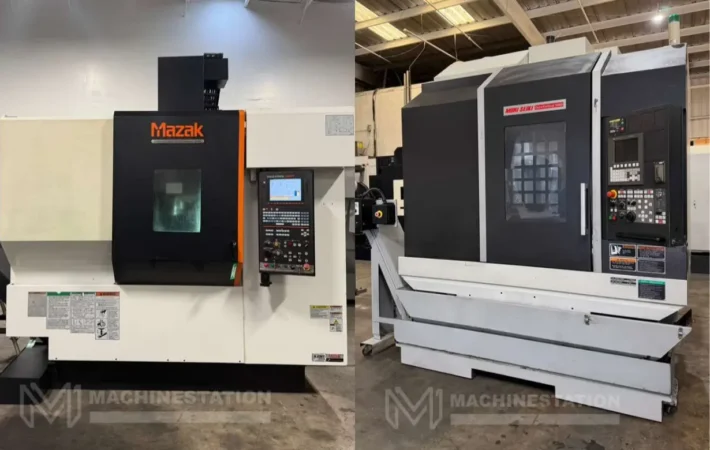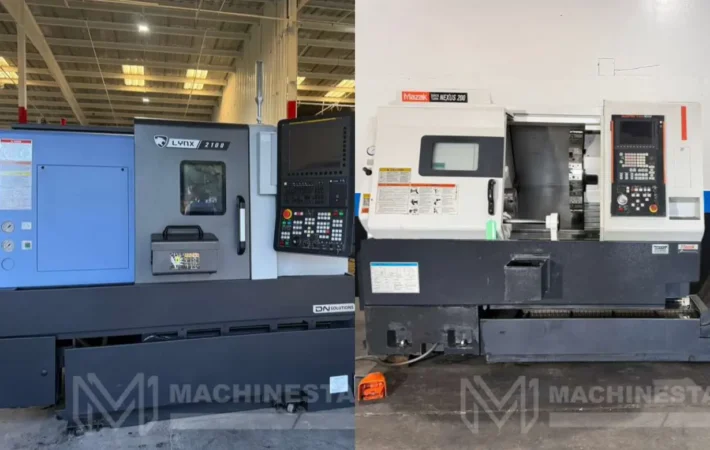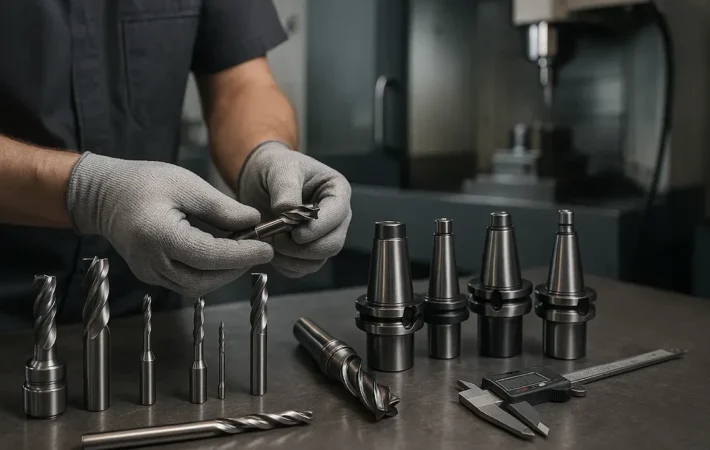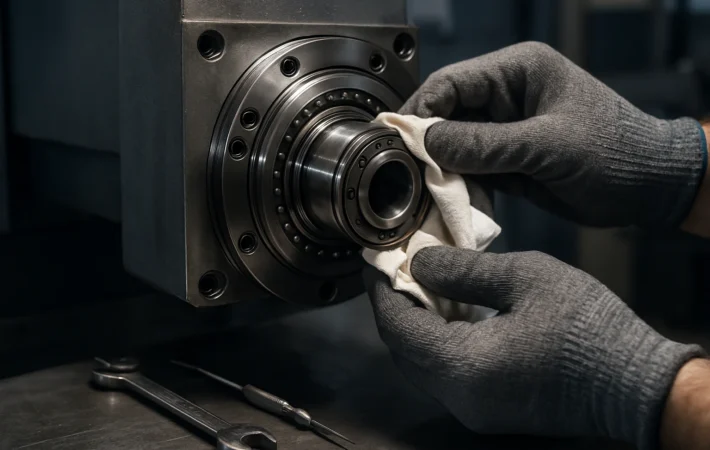CNC Machining vs Laser Cutting – Which technology is better for your business?
Machining processes can be performed in various ways, including manual machining, CNC machining, and laser cutting. Among these, CNC machining and laser cutting are advanced technologies for modern manufacturing. So, when you try to start a machining work with one machine or a large lineup, you are supposed to get confused about which one of these two technologies is better for your business? The question requires in-depth analysis for a comprehensive answer, so in this blog, we will discuss the key features of both CNC and laser machining and help you make an informed decision for your business.
